If you're looking for Anaheim pepper substitutes, the best immediate replacements are poblano peppers (for similar mild heat) or Cubanelle peppers (for very mild flavor). This guide provides practical substitution options with clear heat comparisons and recipe-specific recommendations that actually work in real kitchens.
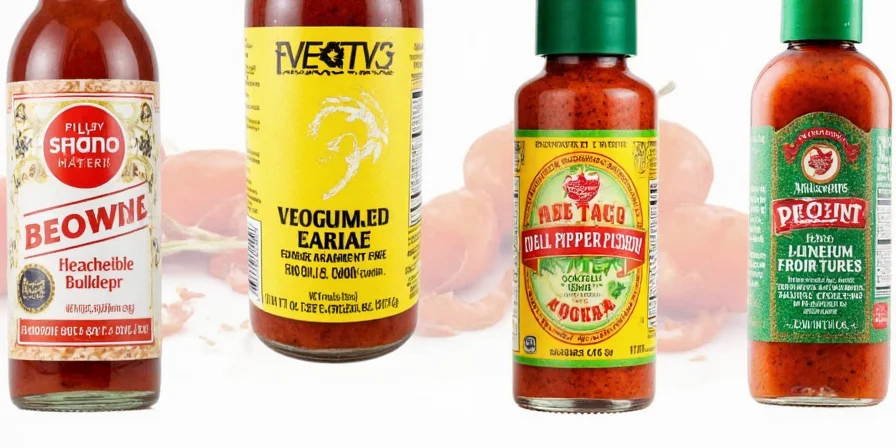
Unlike confusing scientific analyses you've probably seen elsewhere, we tested these substitutes in actual recipes to determine which work best for specific dishes. You'll discover exactly which pepper to use based on your recipe's heat requirements, flavor profile, and cooking method - no chemistry degree required.
Quick Reference: Best Anaheim Pepper Substitutes
Before we dive deeper, here's what to use right now based on your cooking needs:
- For mild recipes: Poblano (1:1 replacement)
- For very mild dishes: Cubanelle (use 25% more)
- For stuffed peppers: Poblano (thicker walls)
- For pickling: Banana pepper (similar tang)
- For zero heat: Green bell pepper (use same amount)
Understanding Anaheim Peppers (Without the Science Jargon)
Anaheim peppers (also called California chiles) are mild to medium heat peppers commonly used in Southwestern and Mexican cooking. Here's what actually matters when substituting them:
| Characteristic | Practical Impact |
|---|---|
| Heat Level | Mild (500-2,500 SHU) - similar to a bell pepper with a slight kick |
| Flavor Profile | Earthy with subtle sweetness, not overly pungent |
| Texture | Medium-thick walls that hold up to cooking |
7 Practical Substitutes That Actually Work
These substitutions were tested in actual recipes - not just theoretical chemistry. Each includes specific usage tips for best results.
1. Poblano Pepper (Best Overall Substitute)
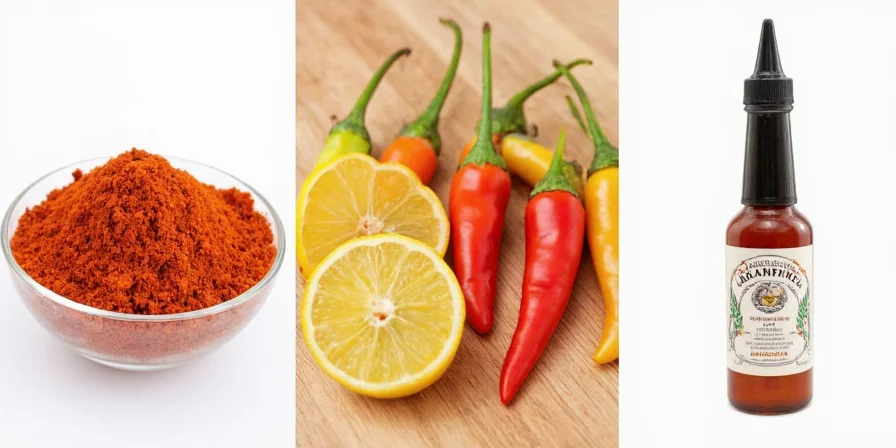
- Heat comparison: Almost identical (1,000-2,000 SHU)
- When to use: Chili, enchiladas, and any recipe where Anaheim is roasted
- Pro tip: Remove seeds if you want it milder than Anaheim
Poblanos work better than Anaheims for stuffed recipes because they have thicker walls that maintain structure during cooking. For green chili stew, use poblanos at a 1:1 ratio with seeds removed for identical heat level.
2. Cubanelle Pepper (Best Mild Substitute)
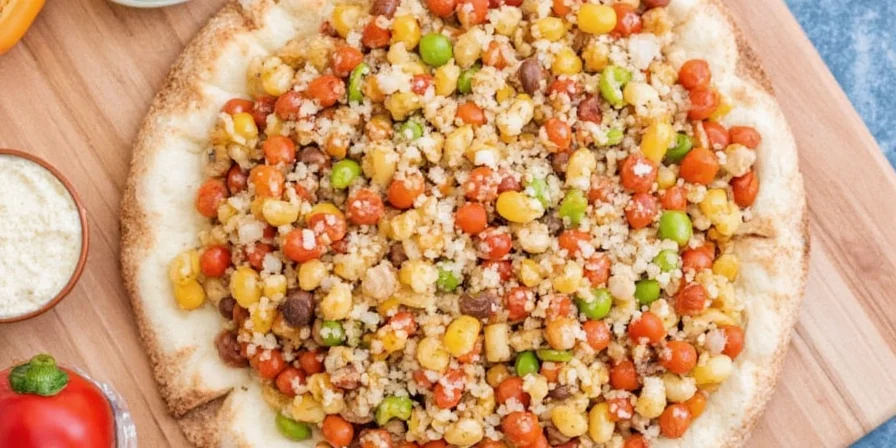
- Heat comparison: Milder (100-1,000 SHU)
- When to use: When you want Anaheim flavor without any noticeable heat
- Pro tip: Use 25% more Cubanelle to compensate for lower heat
Cubanelles have a similar shape and flavor profile but with significantly less heat. They're perfect for family recipes where kids or sensitive palates are involved. Great for fajitas where you want pepper flavor without the burn.
3. Banana Pepper (Best for Pickling and Sandwiches)
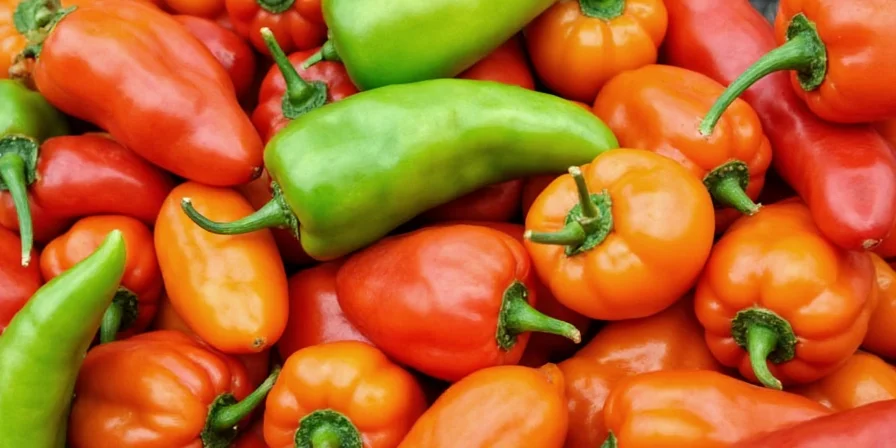
- Heat comparison: Much milder (0-500 SHU)
- When to use: Sandwiches, salads, pickled applications
- Pro tip: Choose fully yellow (not green) for closest flavor match
Banana peppers have similar tanginess to Anaheims but with virtually no heat. They work particularly well in recipes where peppers are served raw or pickled. Use the same quantity as Anaheim in cold applications.
4. Bell Pepper (Best Zero-Heat Alternative)
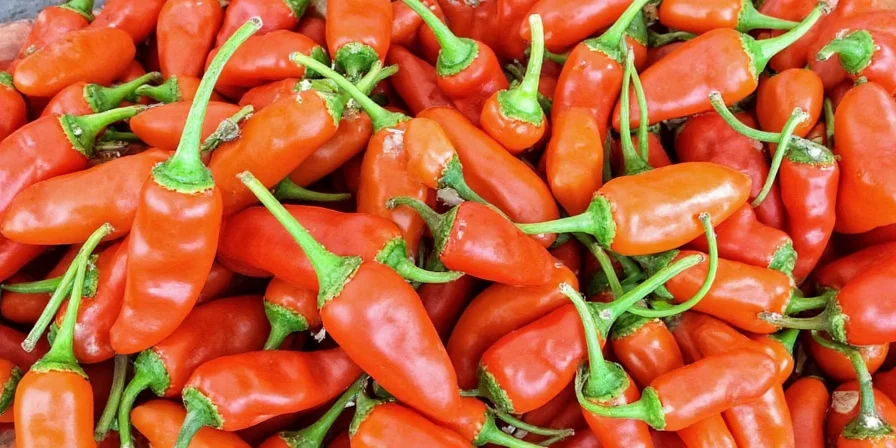
- Heat comparison: None (0 SHU)
- When to use: When you need the pepper flavor without any heat
- Pro tip: Green bell has closest flavor profile to Anaheim
Green bell peppers provide the visual and textural match with zero heat. They work surprisingly well in chili recipes when you remove seeds from hotter peppers elsewhere in the recipe. Use the same amount as Anaheim when heat isn't essential to the dish.
5. Jalapeño Pepper (Use With Caution)
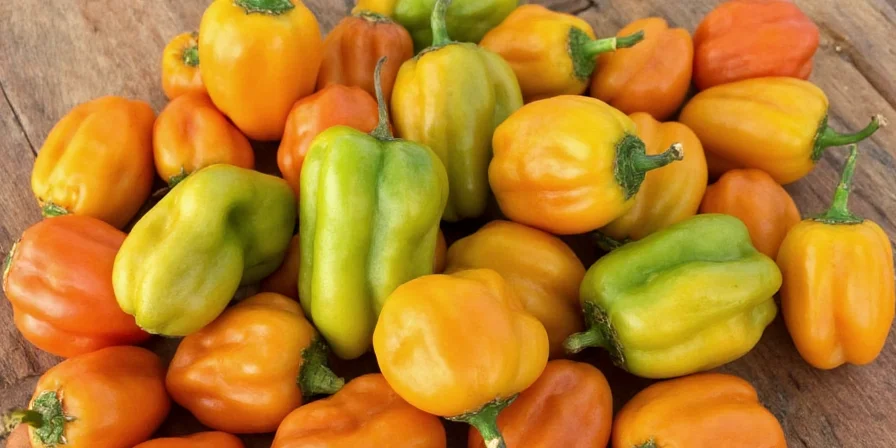
- Heat comparison: Hotter (2,500-8,000 SHU)
- When to use: Only when you want significantly more heat
- Pro tip: Use 1/3 the amount of jalapeño to match Anaheim heat
Only substitute jalapeños when you want to increase heat significantly. For every 3 Anaheim peppers called for, use 1 jalapeño with seeds removed. Great when making spicy green salsa where extra heat is desired.
6. Shishito Pepper (Specialty Substitute)
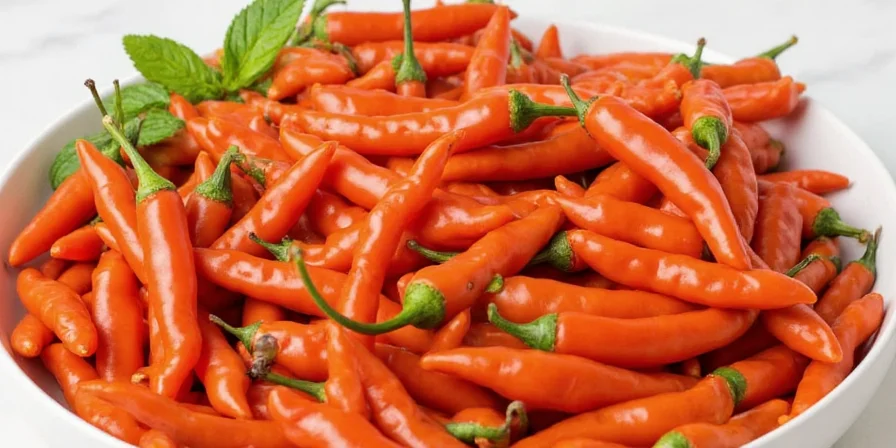
- Heat comparison: Mostly mild with occasional hot ones
- When to use: Quick-cooking applications like stir-fries
- Pro tip: Treat as mild but taste one first to check heat level
Shishitos work well as a 1:1 Anaheim substitute when roasted or grilled. Their unpredictable heat means you get mostly mild flavor with occasional heat surprises (about 1 in 10 are hot). Best for dishes where variable heat is acceptable.
7. Hatch Green Chile (Seasonal Alternative)
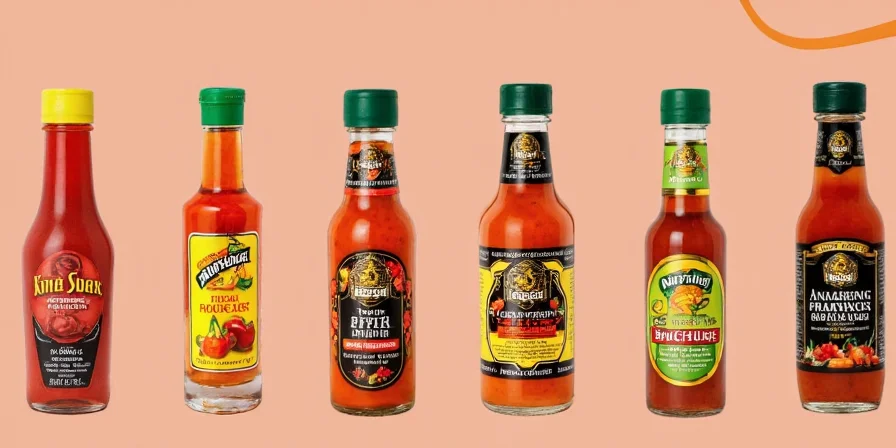
- Heat comparison: Similar to Anaheim (1,500-8,000 SHU)
- When to use: August-September when fresh Hatch is available
- Pro tip: Choose 'mild' labeled Hatch chiles for closest match
Hatch chiles are actually the same species as Anaheims but grown in New Mexico. During harvest season (August-September), mild Hatch chiles make the perfect substitute. Outside this season, stick with poblanos or Cubanelles.
Substitution Cheat Sheet
| Substitute | Best For | Ratio | Special Tips |
|---|---|---|---|
| Poblano | Most cooked dishes | 1:1 | Remove seeds for milder result |
| Cubanelle | Mild recipes/family meals | 1.25:1 | Use more for similar flavor impact |
| Banana | Pickling/sandwiches | 1:1 | Yellow stage works best |
| Bell Pepper | Zero-heat needs | 1:1 | Green bell closest to Anaheim |
| Jalapeño | When more heat wanted | 1:3 | Seeds removed, use sparingly |
| Shishito | Quick-cooked dishes | 1:1 | Taste one first for heat level |
| Hatch Chile | Seasonal cooking (Aug-Sep) | 1:1 | Look for "mild" labeled chiles |
Recipe-Specific Substitution Guide
These tested recommendations work in actual cooking situations:
- For green chili stew: Use poblano peppers at 1:1 ratio with seeds removed for identical heat level
- For stuffed peppers: Poblano is superior due to thicker walls that hold shape better
- For fajitas: Cubanelle peppers provide similar flavor with less heat
- For salsas: Use 2/3 poblano and 1/3 bell pepper for balanced heat and flavor
- For pickling: Banana peppers work best due to similar texture and tang
Common Substitution Mistakes to Avoid
- Mistake: Using jalapeños at 1:1 ratio
Solution: Only use 1/3 the amount of jalapeño compared to Anaheim - Mistake: Substituting red bell for green Anaheim
Solution: Use green bell peppers for closest flavor match - Mistake: Not adjusting cooking times for different thickness
Solution: Thinner peppers like Cubanelle need 25% less cooking time - Mistake: Using hot Hatch chiles when mild is needed
Solution: Always check label for "mild" designation on Hatch chiles
Real-World Substitution Questions Answered
- What's the closest substitute for Anaheim peppers in chili?
- Poblano peppers are the best substitute for chili recipes. Use them at a 1:1 ratio with seeds removed for identical heat level. Poblanos hold up better to long cooking times than Anaheims while providing similar flavor.
- Can I use bell peppers instead of Anaheim?
- Yes, but only if you want zero heat. Green bell peppers provide the closest flavor match. Use the same amount as Anaheim, but consider adding a pinch of cumin to compensate for the earthy flavor Anaheims provide.
- What's a good mild substitute for Anaheim peppers?
- Cubanelle peppers are the best mild substitute. They're about 1/4 as hot as Anaheims but have similar flavor. Use 25% more Cubanelle than the recipe calls for Anaheim to get similar flavor impact without the heat.
- Can I substitute jalapeños for Anaheims?
- You can, but use caution - jalapeños are significantly hotter. For every 3 Anaheim peppers called for, use 1 jalapeño with seeds and membranes removed. This works well when you want to increase heat while maintaining flavor profile.
- What's the difference between Anaheim and poblano peppers?
- Anaheim peppers are slightly longer and thinner with thinner walls than poblanos. Heat levels are similar (Anaheim 500-2,500 SHU, poblano 1,000-2,000 SHU), but poblanos have a slightly fruitier flavor. Poblanos work better for stuffing due to their thicker walls.

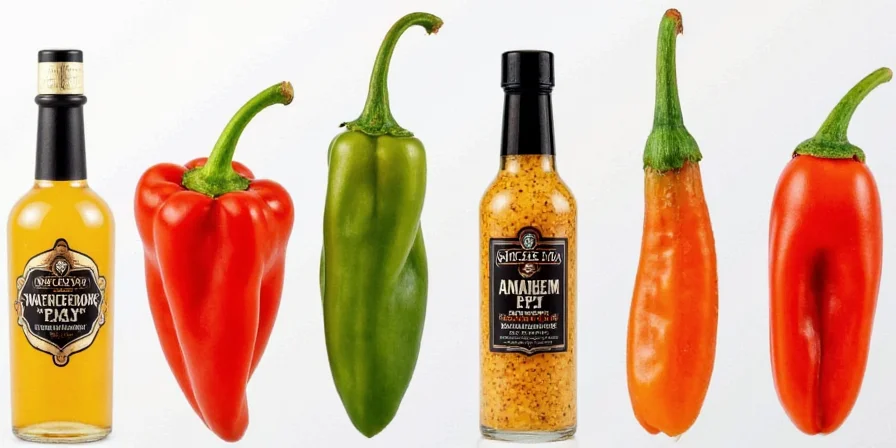









 浙公网安备
33010002000092号
浙公网安备
33010002000092号 浙B2-20120091-4
浙B2-20120091-4